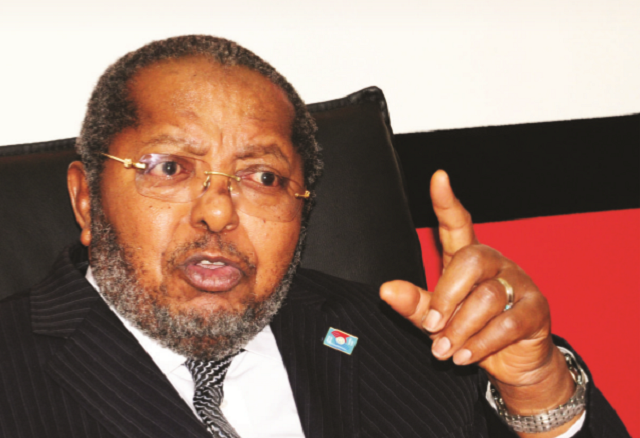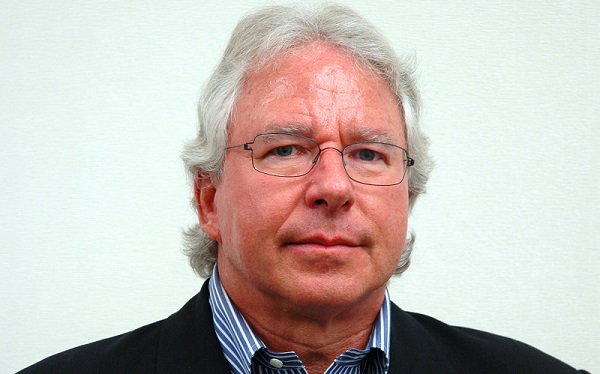
Focus on tourism, ICT, horticulture, incentives to create jobs, grow economy
Kampala, Uganda | JULIUS BUSINGE | Tourism, agriculture, Information and Communication Technology, horticulture, transit trade and logistics are key sectors that countries yearning for development should focus on.
This was the take away from the just concluded 4th Governor Mutebile’s Lecture Series held in Kampala on September 21.
The fourth lecture was delivered by John Page who is the International Growth Centre Country Director (Tanzania) and Senior Fellow of the Brookings Institution.
Titled ‘The Role of Tradable Services in Industrialisation and Structural Transformation’, Page’s lecture attracted slightly over 100 participants from the private sector, government and the academia.
Page said that focusing on non-traditional activities – like Information Communication Technology and tourism, in addition to agriculture that he technically referred to as ‘industries without smokestacks’ would play an important role in creating jobs and boosting economic growth like manufacturing did in East Asia from 1950-1996.
“Africa can create a new growth miracle, but its form will be much different than East Asia, relying in part on industries without smokestacks,” he said.
He insisted that policies should not focus obsessively on manufacturing nor ignore the latter but instead, should in addition focus on policies that promote higher-productivity activities and exports in agri-business, tradable services.
Page’s lecture comes at a time top international agencies are saying that by 2030 more than three quarters of the world’s absolute poor are projected to live in Africa.
Page argues that accelerating economic growth is important to rising incomes on the continent.
He, however, said central to this challenge is establishing activities that are capable of employing large numbers of unskilled workers, that can raise productivity through innovation, and that can power growth through exports.
He corroborates this in his book titled ‘Industries without Smokestacks; Industrialization in Africa Reconsidered’ saying, such structural transformation is a key driver of growth and that between 1950-1996 about half of the economic catch-up by developing countries (led by East Asia) was due to rising productivity in manufacturing combined with growing agricultural output.
He says Africa has lagged behind in all sectors and has to wake up.
For instance, he states that in 2014, the average share of manufacturing in GDP in sub-Saharan Africa hovered around 10%, unchanged from the 1970s, leading some observers to be pessimistic about Africa’s potential to catch the wave of sustained rapid growth and rising incomes.

He argues that Africa has the greatest differences in productivity among sectors, and therefore the greatest potential for structural change. He adds that recent structural change (2000-2010) in Africa has been from agriculture into low productivity services.
Page said as Uganda and other countries yearn for progressive growth, they should beware of three changes in the global economy that are making industrialisation more difficult – China and East Asia dominating as manufacturing centers, manufacturing as a share of GDP falling everywhere on average and selling to the global market increasingly requires participating in global value chains.
He added that designing effective industrial policies requires one to understand what drives the choice of industrial location – investment climate, infrastructure and skills, institutions and regulation, developments in exports, power, transport and logistics.
Page advises poor countries to focus investments in power, transport and skills, support for an export growth and create environment for attracting foreign direct investment.
He also calls for focus on trade preferences starting with African Growth Opportunity Act and other Economic Partnership Agreements.
To achieve all this, Page says government-business coordination is important.
“Be very practical and focused; look at private sector constraints and fix them and make sure that you get feedback,” he said adding, “Be willing to adapt and change if things don’t work out.”
Participants’ response
In response to Page’s lecture, John Bosco Kaliisa, the director for TradeMark East Africa for South Sudan, Mathias Katamba, the managing director for Housing Finance Bank, and Rakesh Jha, the managing director for Barclays Bank, said growth fortunes for Uganda and similar countries requires favorable policies designed to deal with high cost of financing, dumping of foreign made cheap goods, incentives to nascent firms, efficient technology and formalizing players in the key sectors of the economy starting with agriculture.
Other issues raised by Dr. Page
- Industry has played only a minor role in Africa’s growth turn around
- The region’s –Africa- fast growing economies (Ethiopia, Ghana, Kenya, Rwanda, Tanzania, Uganda) are all negative outliers
- Africa’s share of manufacturing in GDP is less than half of the average for all developing countries
- Per capita manufactured exports are about 10% of the developing country average
- Africa’s share of global manufacturing is smaller today than in 1980
- Africa lacks capable mid-sized firms (50-70 workers)
- An export push is a major source of capabilities
 The Independent Uganda: You get the Truth we Pay the Price
The Independent Uganda: You get the Truth we Pay the Price



